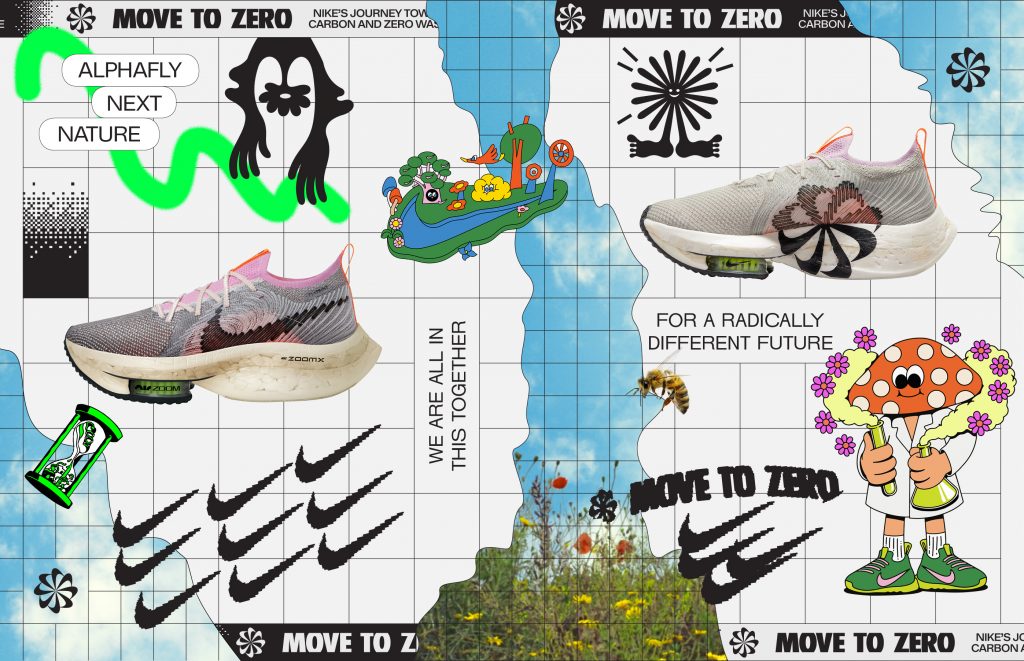
Aug 24
Nike has long been a pioneer in both athletic innovation and corporate responsibility. Through its “Move to Zero” initiative, Nike is working towards a radically different future by reimagining the ways in which they produce merchandise . The goal is to operate with zero carbon emissions and zero waste by 2050. As part of this ambitious plan, Nike aims to reduce its greenhouse gas emissions by 30% by 2030 and power all its facilities with 100% renewable energy by 2025.
THE CHALLENGE
As one of the largest athletic brands in the world, Nike’s operations have a significant environmental footprint. The production of athletic shoes and apparel traditionally involves processes that contribute to carbon emissions, waste, and pollution. With increasing consumer awareness of environmental issues, Nike faced growing pressure to adopt more sustainable practices that align with global efforts to combat climate change.
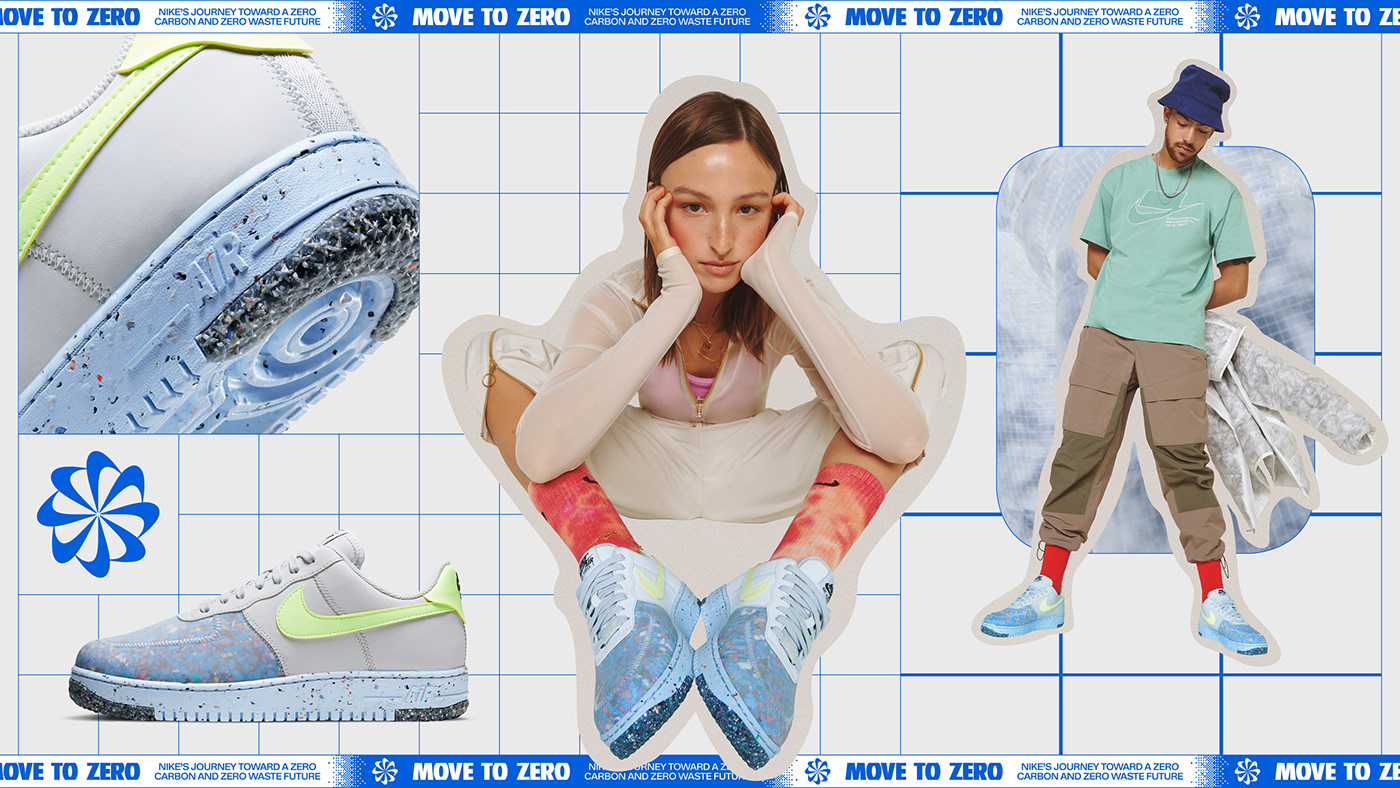
THE SOLUTION
In response to this challenge, Nike launched the “Move to Zero” campaign, a comprehensive sustainability initiative aimed at reducing the company’s environmental impact. The initiative is built around two primary goals: reducing carbon emissions and minimizing waste.
Sustainable Materials: Nike is committed to using sustainable materials across its product lines. This includes the incorporation of recycled polyester, organic cotton, and Nike’s innovative Flyleather, which is made with at least 50% recycled natural leather fibers.
Circular Design: Nike has embraced the concept of circular design, focusing on creating products that can be recycled and repurposed at the end of their lifecycle. The company introduced the “Space Hippie” collection, which features shoes made from factory scraps and recycled materials, highlighting the potential of circular design in the footwear industry. Space Hippies Flyknit yarn is made from 85-90% recycled content, including plastic bottles, t-shirts and post-industrial scraps.

Zero Waste in Manufacturing: The “Move to Zero” initiative also targets waste reduction in manufacturing processes. Nike aims to divert 100% of waste from its extended supply chain, ensuring that no materials end up in landfills. This includes efforts to reduce water usage and eliminate hazardous chemicals in the production process.
Carbon Reduction: Nike has set ambitious targets to reduce carbon emissions across its entire value chain. The company is working to achieve a 30% reduction in greenhouse gas emissions by 2030, with the long-term goal of reaching net-zero emissions.
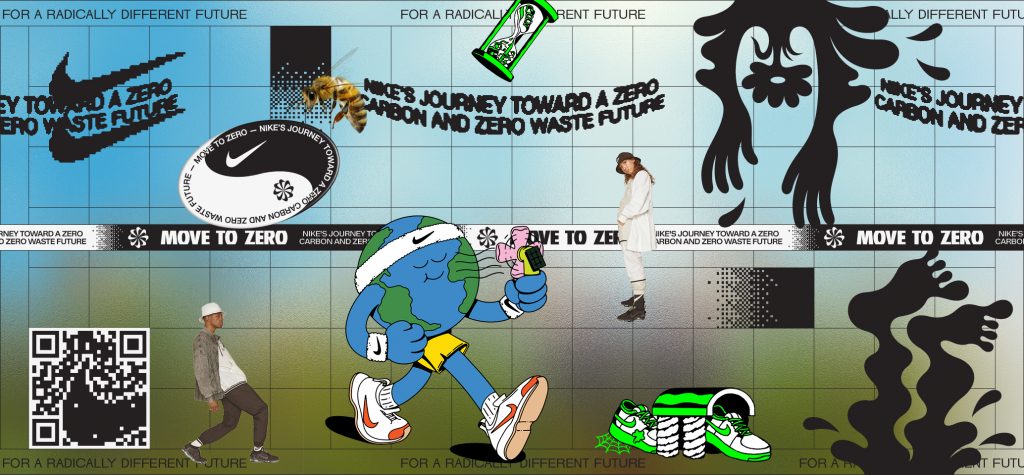
THE IMPACT
Nike’s “Move to Zero” initiative has already made significant strides in reducing the brand’s environmental footprint. By integrating sustainable materials and circular design principles, Nike is reducing waste and lowering carbon emissions associated with its products.
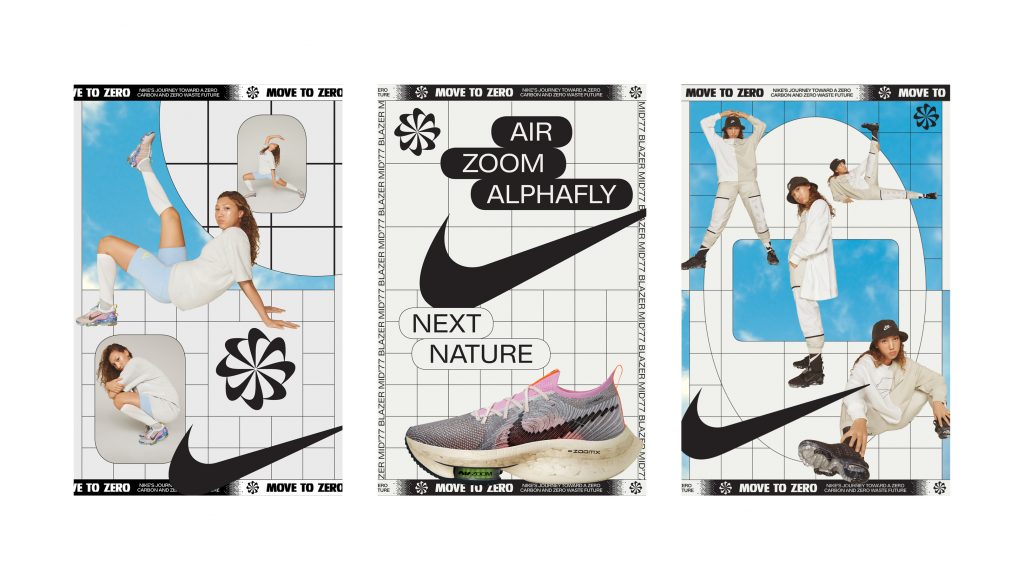
Consumer Engagement: Nike’s efforts resonate with a growing base of environmentally conscious consumers. The brand’s commitment to sustainability strengthens its relationship with customers who prioritize eco-friendly products.
Industry Influence: Nike’s leadership in sustainability has set a new standard in the sportswear industry. Other brands are taking notice and following suit, leading to broader industry shifts toward more sustainable practices.
Long-Term Goals: Nike’s focus on sustainability is not just a short-term campaign but a long-term strategy. By 2025, Nike aims to power all its facilities with 100% renewable energy, further reducing its carbon footprint.
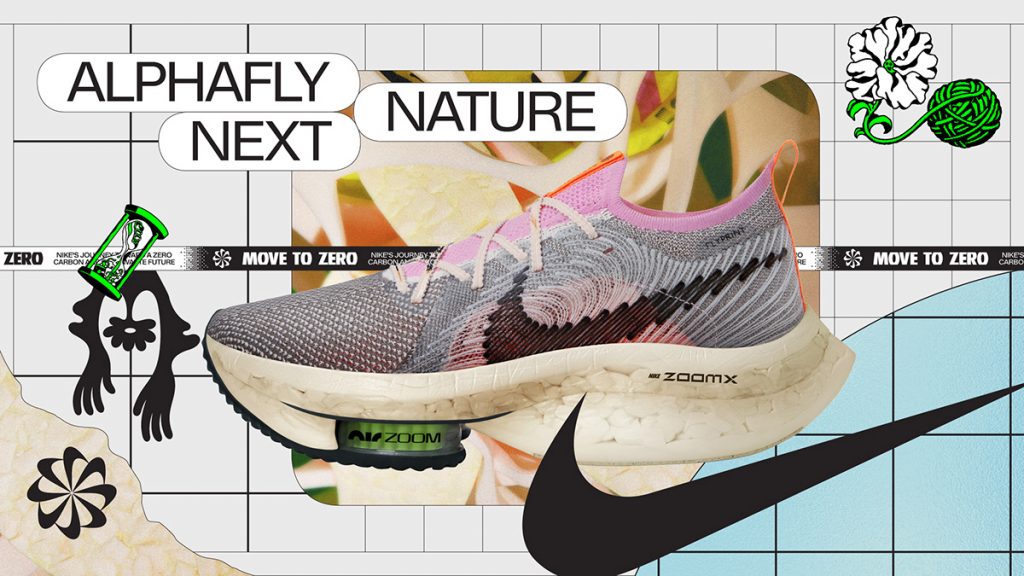
Nike’s “Move to Zero” initiative exemplifies how a large corporation can take meaningful action towards sustainability. By setting clear goals, investing in innovation, and prioritizing the use of sustainable materials, Nike is not only reducing its environmental impact but also inspiring others in the industry to adopt similar practices. This initiative reflects Nike’s commitment to building a sustainable future for both the planet and the communities it serves.







